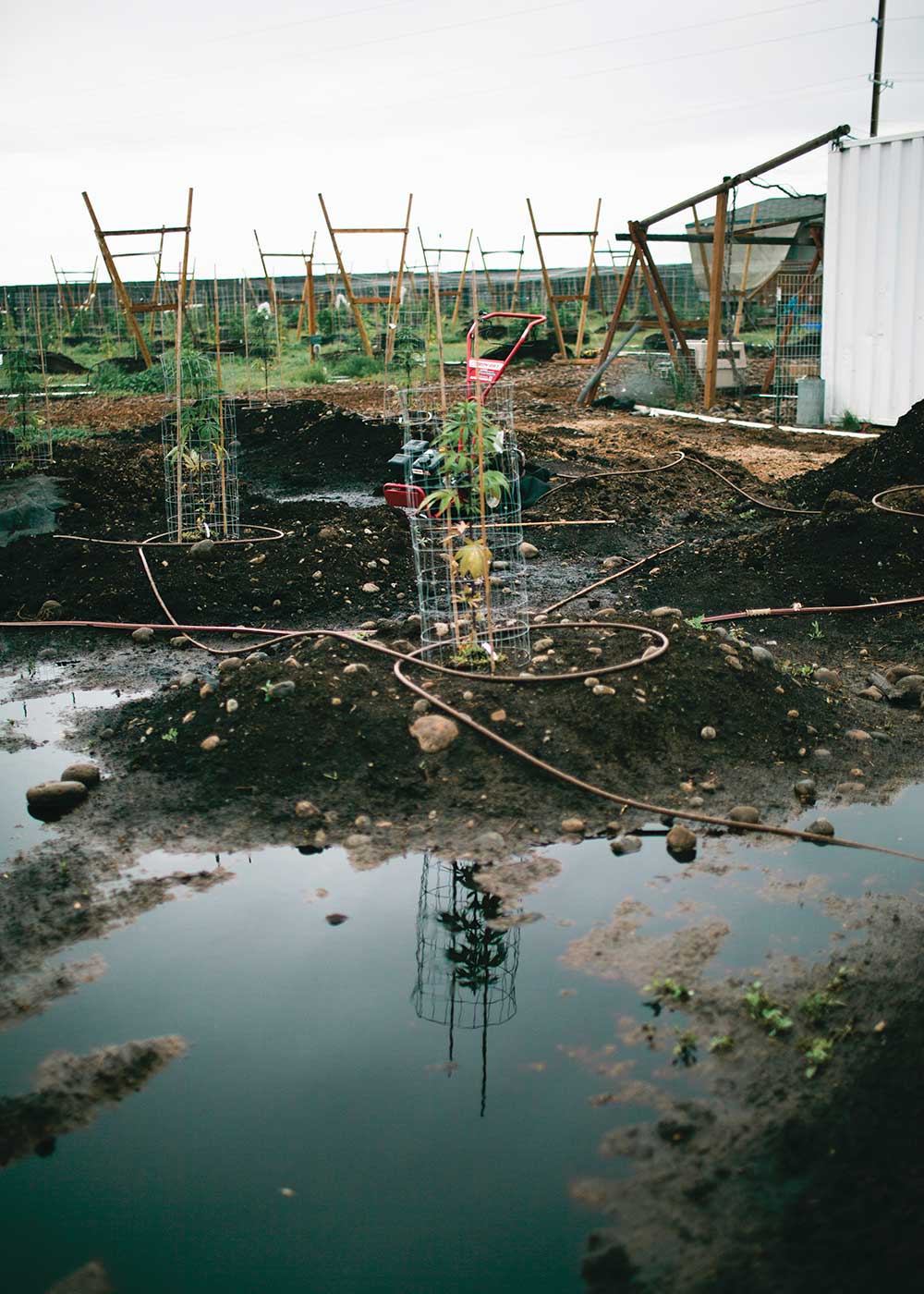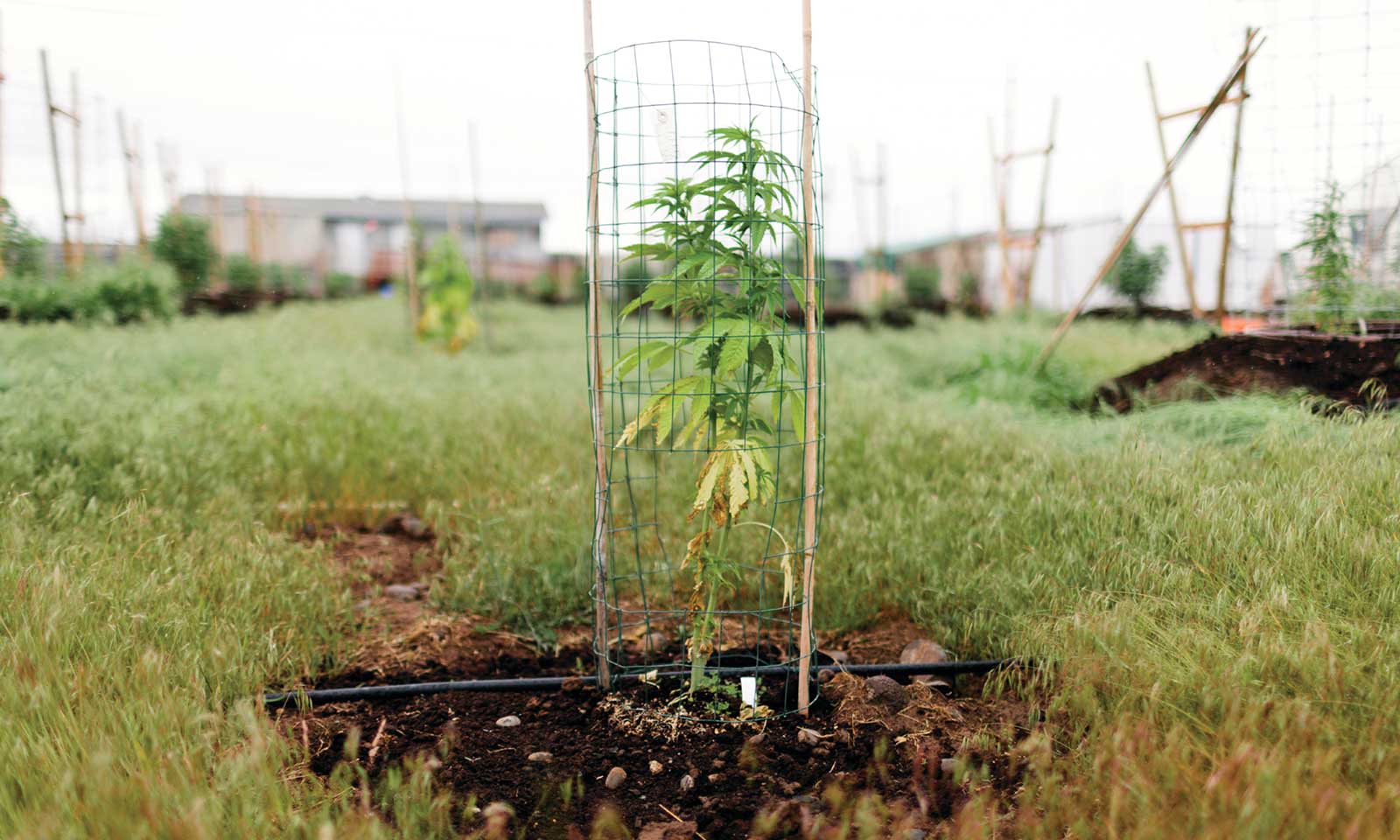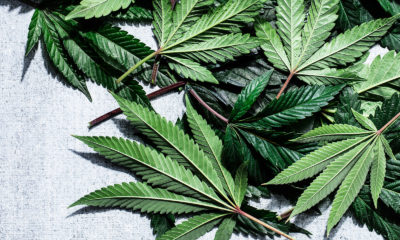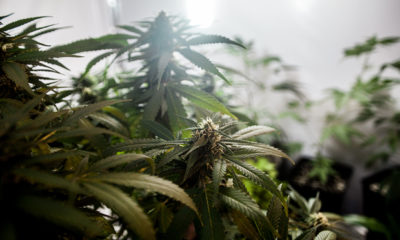Planet, Profits & Pot: Regenerative Farming Can Be Cheaper Than Traditional Methods
Contrary to popular belief, regenerative farming practices can actually be more affordable for cannabis farmers.
In 2002, a Nobel Peace Prize-winning plant breeder named Norman Borlaug lent his authority to a controversial critique of regenerative farming: “We aren’t going to feed 6 billion people with organic fertilizer,” he said. “If we tried to do it, we would level most of our forests and many of those lands would be productive only for a short period of time.”
Since the 1970s, experts such as Borlaug have argued that regenerative farming methods — holistic practices that go beyond organic by also improving soil and ecosystem biodiversity — can’t produce comparable yields to conventional agriculture. They argue that this yield gap makes regenerative farming less beneficial to the environment than its proponents claim and they say it’s far too expensive to be a worthwhile undertaking. In the 1970s, the U.S. Secretary of Agriculture Earl Butz even took the argument so far as to declare, “Before we go back to organic agriculture in this country, somebody must decide which 50 million Americans we are going to let starve or go hungry.”
While the cannabis industry has reached a wider consensus on the benefits of regenerative farming thanks to its thriving craft cannabis subculture, it has still faced its fair share of skeptics. When California announced it would be strictly regulating the pesticides available for use on cannabis and the residual amounts of chemicals allowed on the bud, many growers said the new clean cannabis bar was raised to an impossibly high level that would destroy a farmer’s bottom line.
But a significant amount of research, both on the traditional agricultural industry and the cannabis industry, shows these skeptics aren’t considering the long-term picture. Not only have multiple studies shown that regenerative farming methods yield comparable amounts of healthy buds and other crops, but, over time, these methods can actually be easier and cheaper.

Marcus Jasperson experiments with a flood irrigation technique at his Cascade Gnome Farms in Washington.
Reducing Costs by Developing the Soil
“If you do it right in a regenerative system, and there are plenty of folks who do it right, you can reduce costs way below a salt-based or fertilizer-based system,” says Jeff Lowenfels, a regenerative farmer and renowned author behind the books “Teaming with Microbes,” “Teaming with Fungi” and “Teaming with Nutrients.”
Lowenfels’ books have been a major inspiration behind Cascade Gnome Farms, a 30,000-square-foot regenerative cannabis garden near Moses Lake, Washington. The farm’s owner and grower, Marcus Jasperson, says after some trial and error, he’s been able to build a profitable business.
“The less you use chemicals and the more you focus on building a sustainable ecosystem, the less labor and less inputs you need to put onto your farm,” says Jasperson. “My regenerative soil technique is really comprised of my want and need to keep my costs down — and then my desire to not use chemicals.”
When Jasperson was first developing the soil a few years ago, he started by compacting the area’s native soil with a backhoe before he layered on a manure compost, tilled it together with potting soil to make a silt and then built mounds for each cannabis plant. By not disturbing the native soil and avoiding herbicides, Jasperson says he’s making sure not to disrupt the mycelium — the root system of fungi underneath his soil — that can transport nitrogen and other nutrients directly to his plants’ roots.
“I don’t fight the system around me, I work with it,” Jasperson says. “The plant is a better interpreter of what it needs that what I can see — and in an organic system, the plant works itself to the point of maximum efficiency.”

Jasperson lets his chickens roam his farm, as they leave behind nutrient-filled droppings and eat harmful insects.
Building a Self-Perpetuating System
Beyond the soil, Jasperson focuses on nurturing a thriving ecosystem at Cascade Gnome Farms. He has a family of pheasants, along with chickens and ducks, that eat insects on the property and leave behind beneficial manure. He lives next to a creek that attracts ladybugs and dragonflies, which also eat destructive insects. He grows ryegrass, wheat and native grasses as cover crops, as well as kenaf, a fibrous plant native to east-central Africa, and strawberries as companion crops. He visits neighboring farms to pick up some of their free waste, such as animal manure, that he utilizes on his own farm. His land is quite windy, but he compensates by building extensive trellising for his plants and enjoying the benefits the windy climate brings: less pests and less mold.
“The bottom line is if you get this system up and running, the system is full of nutrients because you’ve put regenerative materials back in and you have a plant that does all the work for you,” says Lowenfels. “That always comes out cheaper.”
Jasperson says he only has to spend $20,000 a year on inputs for his garden, whereas he would have to spend around $100,000 to $300,000 on chemical fertilizers and soil amendments otherwise.
Of course, both Jasperson and Lowenfels admit that that regenerative farming practices often have a high start-up cost, which can fluctuate depending on the initial quality of the soil.
However, Lowenfels says that it’s not difficult to earn that start-up money back — and that switching to regenerative methods are an especially worthy investment in states where testing regulations could see entire crops ruined with a little too much pesticide. He recommends that farmers also avoid the “mythology that goes along with the chemistry” of cannabis farming and says he doesn’t think flushing plants or using specific nutrients to boost trichome development is effective.
“With chemical nutrients, it’s a whole lot of human interpretation,” says Jasperson. “I don’t assume that I know more than the plant. I think one reason there aren’t many farmers using these practices is because there are so many egos. But you have to know that one doesn’t know better than the other, and you have to let the system work with the plant.”
TELL US, would you be more likely to buy cannabis if you knew it was farmed sustainably?
Originally published in Issue 33 of Cannabis Now. LEARN MORE























